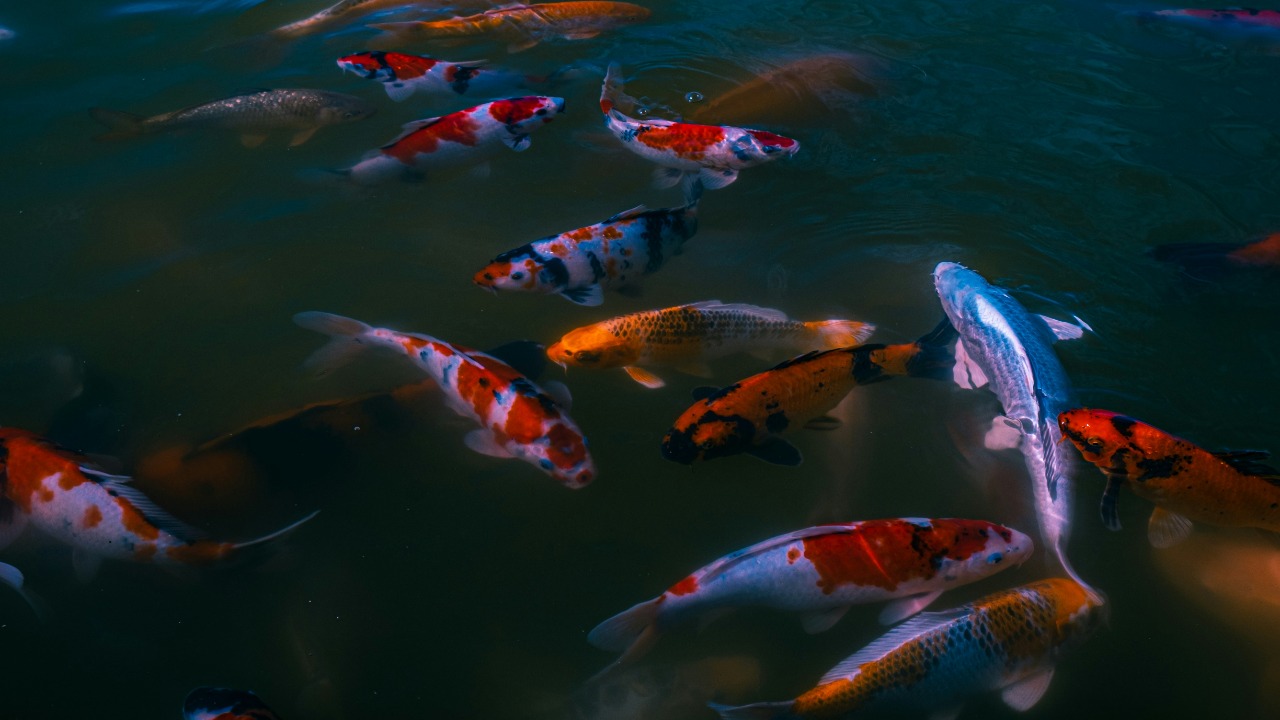
Recent explorations into aquatic biology have unveiled a surprising reality: fish, despite being creatures of water, can indeed “drown” under specific conditions. This seemingly paradoxical phenomenon is due to the fact that fish rely on extracting dissolved oxygen from water through their gills, rather than breathing the water itself. This revelation not only challenges our understanding of fish survival but also highlights the vulnerabilities of their environments, ranging from polluted waters to overcrowded tanks.
How Fish Extract Oxygen from Water
Fish are equipped with a specialized respiratory system that allows them to extract oxygen from water. Their gills, which are rich in blood vessels, function as a site for gas exchange. This process, known as countercurrent exchange, enables fish to pull dissolved oxygen from water into their bloodstream. However, the solubility of oxygen in water is significantly lower compared to air, meaning that water holds far less oxygen per volume. This makes fish more susceptible to low-oxygen scenarios, a condition that can lead to their “drowning”.
Interestingly, not all fish are created equal when it comes to oxygen extraction. Some species, like the lungfish, have evolved adaptations that allow them to breathe air as a backup when oxygen levels in water are insufficient. This diversity in respiratory adaptations among fish species further underscores the complexity of their survival mechanisms.
Defining Drowning in Aquatic Contexts
For fish, “drowning” is not about inhaling water, but rather about the failure to obtain sufficient dissolved oxygen from their surroundings, leading to asphyxiation. This process can be observed through certain physiological signs such as labored gill movements and gasping at the water surface, which are indicative of oxygen deprivation. This mirrors human drowning, but in reverse environmental terms, where the medium itself becomes the barrier to oxygen acquisition.
Environmental Factors Leading to Fish Drowning
Several environmental factors can lead to a decrease in dissolved oxygen levels in water, thereby increasing the risk of fish drowning. Natural phenomena such as algal blooms and eutrophication can deplete oxygen levels through bacterial decomposition. Human-induced risks, such as overstocking in aquariums or warm water temperatures, can also reduce oxygen solubility, making it harder for fish to extract the necessary oxygen.
Seasonal events, like summer stratification in lakes, can also pose a threat. During these periods, deeper waters become anoxic, or devoid of oxygen, trapping fish in lethal zones where they are unable to obtain the oxygen they need to survive.
Real-World Examples of Fish Drowning Events
There have been numerous instances of mass fish die-offs in rivers due to pollution spikes. These events, characterized by sudden crashes in oxygen levels, lead to widespread fish drowning. Aquarium mishaps, such as filter failures that cause rapid drops in oxygen, can also result in fish suffocation.
Wild incidents, such as droughts that cause shallow waters to heat up and oxygen levels to plummet, force fish to seek air at the surface. These real-world examples serve as stark reminders of the vulnerability of fish to changes in their environment, and the very real threat of drowning they face.
Scientific Experiments Confirming Fish Vulnerability
Lab studies have been instrumental in understanding the vulnerability of fish to low oxygen levels. These studies have shown that fish survival drops significantly when dissolved oxygen levels fall below 2-3 mg/L. Historical research on hypoxia effects, including behavioral changes like erratic swimming before drowning, further corroborate these findings.
Comparative biology also provides interesting insights. Unlike fish, amphibians can gulp air to avoid drowning in low-oxygen water, highlighting the unique challenges faced by fish in oxygen-stressed environments.
Implications for Aquaculture and Conservation
The understanding of fish drowning has significant implications for aquaculture and conservation. In fish farming, prevention strategies such as aeration systems are used to maintain oxygen levels above critical thresholds, thereby avoiding drowning losses. Conservation efforts in oxygen-stressed habitats, like wetland restoration, can help prevent natural drowning events.
Moreover, fish drowning can have broader ecological impacts. It can disrupt food chains and affect biodiversity in aquatic systems, underscoring the need for proactive measures to safeguard these ecosystems.
Debunking Myths Around Fish Respiration
There are several misconceptions around fish respiration that need to be debunked. For instance, fish do not “breathe water” like humans breathe air. Instead, they extract oxygen from water. Also, fish cannot simply hold their breath indefinitely due to their high metabolic demands for oxygen.
Even rare adaptations, like those seen in some deep-sea fish, do not eliminate the risk of drowning in changing conditions. This reinforces the fact that fish, despite their aquatic nature, are not immune to drowning, a reality that is both counterintuitive and fascinating.
As we continue to explore the intricacies of aquatic biology, it becomes increasingly clear that the survival of fish is a complex interplay of biological adaptations and environmental conditions. This understanding not only enriches our knowledge of these fascinating creatures but also underscores the need for sustainable practices to protect their habitats. As the 2025 analysis reveals, the answer to whether fish can drown in water isn’t just complicated—it’s counterintuitive!
More from MorningOverview